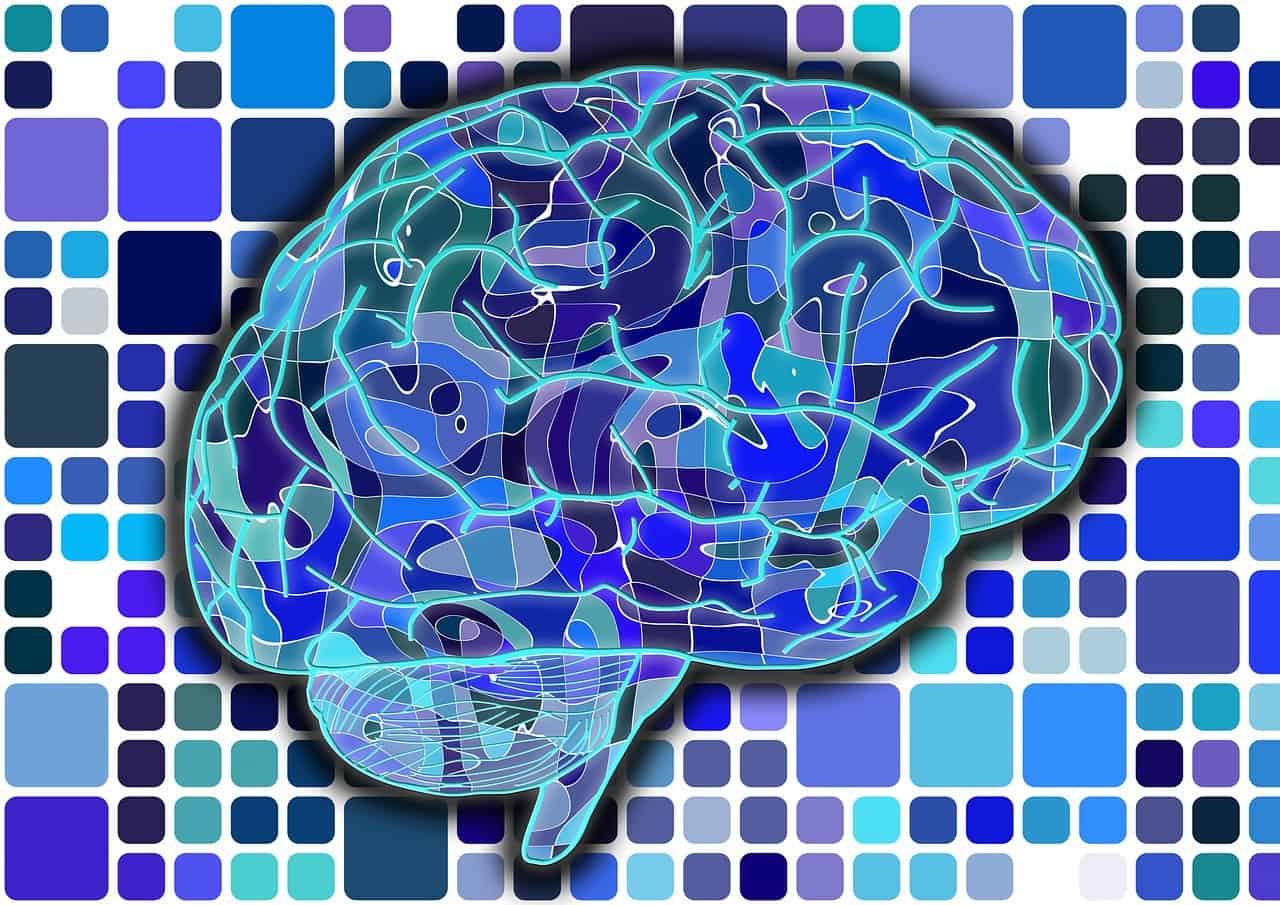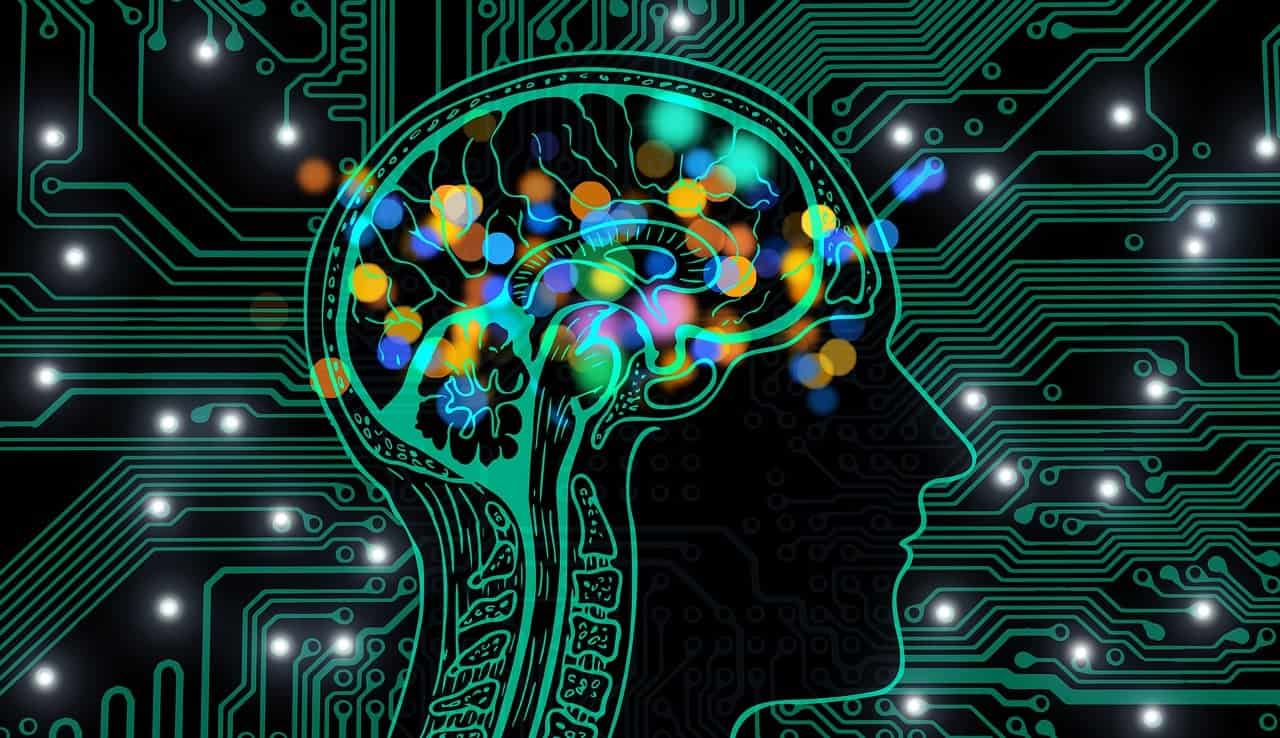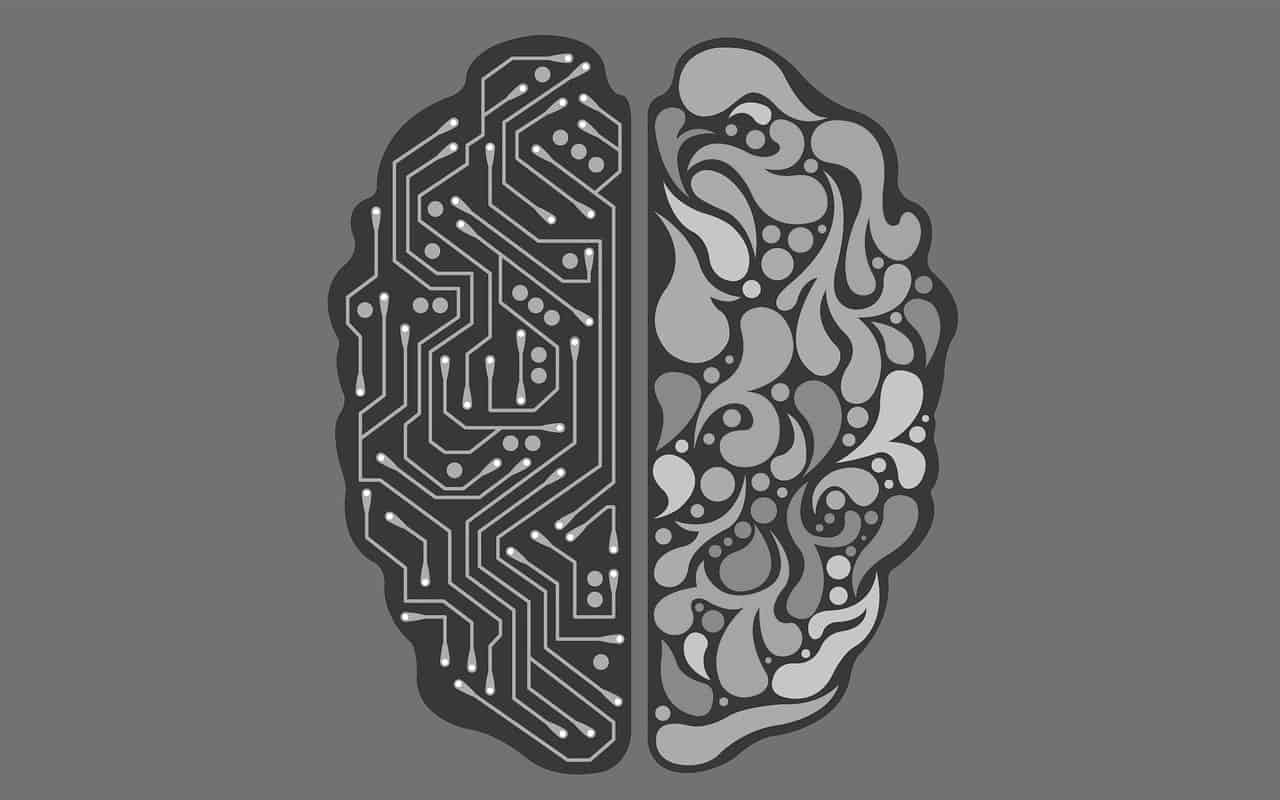
Overactivity in the anterior cingular cortex, a region in the brain, induces symptoms of mood and anxiety disorders. This has been shown in a study on marmoset monkeys carried out at the University of Cambridge in the UK. Antidepressants can be effective for just some of these symptoms.
The research shows that this part of the brain is very important when treating mental disorders. The researchers claim that targeted treatment can lead to improved outcomes.
Symptoms
According to Loket Gezond Leven (the Healthy Life Helpdesk from the Dutch National Institute for Public Health and the Environment, RIVM) 18.7 percent of the Dutch population has suffered from a depressive disorder at one time or another. Every year, depression affects hundreds of millions of people worldwide. However, the symptoms of this mood disorder differ from person to person. People with mood disorders can suffer from symptoms such as negative emotions, feelings of guilt, and anxiety. Others suffer from the loss of the ability to experience pleasure, this is called anhedonia.
The researchers found that increased activity in the cortex cingularis anterior can trigger more negative emotions, decrease feelings of pleasure, and heighten the risk of heart disease in people suffering from depression and anxiety disorders. It is striking that although all of these symptoms are caused by the same process, there is a difference in how the symptoms can be treated with antidepressants.
Reaction of marmosets
The researchers administered a small amount of stimulating medication to the cortex of marmosets. This stimulated overactivity. Marmoset monkeys were used for the research because the brain of these animals has important similarities with that of humans.
The overactivity in this part of the brain causes an increased heart rate, heightened cortisol levels (hormones released during stress), and a faster reaction speed of the monkeys to threats. This faster reaction speed is reflected in the stress-related symptoms of depression and anxiety in humans.
Fight or flight
Dr. Laith Alexander, one of the authors at the Department of Physiology, Development and Neuroscience at the University of Cambridge: “We discovered that the overactivity stimulated a ‘fight or flight’ response. As a result, the monkey’s threat reaction speed is increased.” The fight-or-flight response is a reaction by the body to danger. The body tries to protect itself with this reaction. The response is an important survival strategy.
“Earlier, we concluded that overactivity in that part of the brain diminishes motivation for rewards. That mirrored the anhedonia in people with depression.”
Reaction in the brain
The researchers also looked at how other parts of the brain reacted to overstimulation. Two sections of the brain’s stress network, the amygdala and hypothalamus, also exhibited increased activity. In contrast, the lateral prefrontal cortex became less active. This area is important in regulating emotions. It is known to be less active in people with depression.
Which distinct parts of the brain respond to rewards and threats are important, the researchers say. Once this is known, they believe that more effective and targeted treatment can be given.
Ketamine
Earlier research by universities has already shown that ketamine, a substance with a fast-acting antidepressant effect, can reduce anhedonia. Nevertheless, ketamine did not reduce the increased anxiety of the monkeys when their cortex is overactivated.
Conclusion
Professor Angela Roberts from the University of Cambridge: “We have evidence of the differential susceptibility of the different symptoms to treatment. Anhedonia is reduced by ketamine but anxiety behavior is not. This study shows that the anterior cingular cortex is the center of symptoms and treatment for depression and anxiety disorders.”
Also interesting:
Salvia BioElectronics raises 26 million in the fight against chronic migraine







